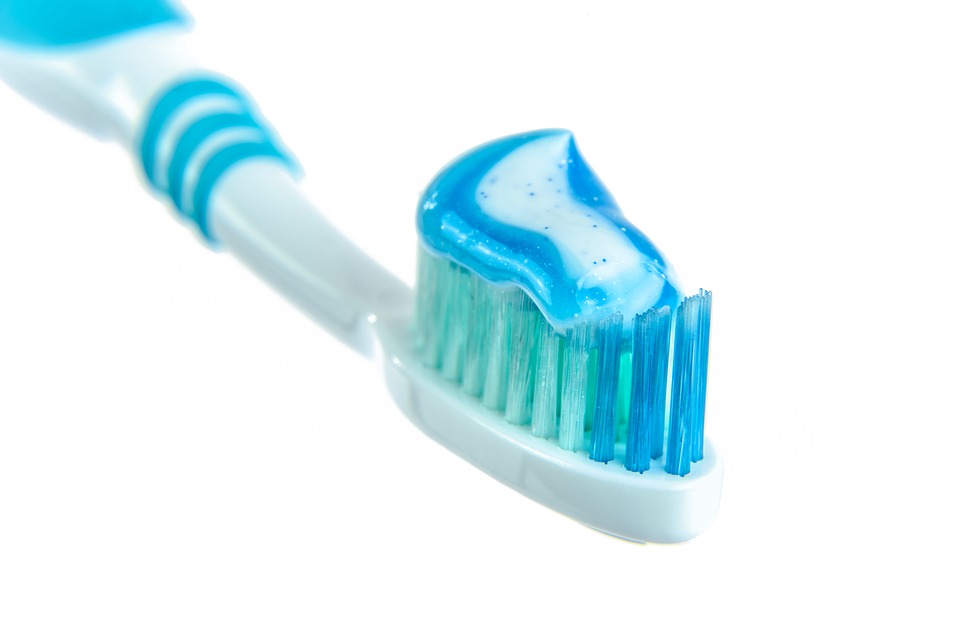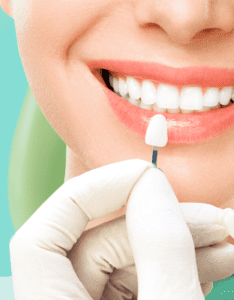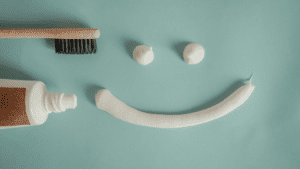Good dental hygiene is about more than having nice breath and a pretty smile. Dental health has implications that go beyond your mouth. If left unmanaged, an infection in your mouth can move to other parts of your head and body. Some studies have even linked good dental hygiene to lower rates of stroke and hardened arteries in the brain.
It is hard to navigate all the information on the internet about the best way to take care of dental hygiene. Stick with Murfreesboro Family Dentistry and we will set the record straight. Here are some common misconceptions about dental hygiene we want to clear up.
“Do I Really Have to Floss?”
Flossing is just as important as brushing itself. Brushing alone, even with an electric toothbrush, misses much of the space between the teeth and under the gums. Flossing ensures they you have taken care of both of those spots. When flossing, do not use a back and forth motion, as this can cut the gums. Instead, use an up and down motion, taking care that the floss goes between the tooth and the gum. Five swipes on each side of the tooth should do it. If a little bit of bleeding occurs, do not let this stop you from flossing. Some bleeding is normal, especially if you floss less than once a week. If this is the case, your gums have not had the time to get used to flossing and they are probably irritated from the plaque that has built up. After too long of not flossing, tartar may build up between the teeth and gums. Tartar cannot be removed by brushing or flossing – for this you have to see your dentist.
“The Harder the Bristles, the Better the Brush, Right?”
Soft-bristle brushes clean equally as well as hard-bristle brushes. In fact, brushing with hard bristles can scratch and irritate your gums and wear away at your enamel, exposing this softer, yellow layer underneath called dentin. This is the same reason we do not suggest brushing with abrasives such as activated charcoal or baking soda. It is much safer, and much more effective, to brush with a soft-bristle brush, using gentle motions, for about 2 minutes, followed by a good flossing. This will safeguard against those hard bristles tricking you into thinking you’re done when you’re not.
“I Have Bad Breath Because I Don’t Brush Well.”
Actually, probably not. Bad breath can be cause by bad oral hygiene, but there may be another culprit. More likely than not, something you’re putting into your body is creating the bad breath. Food, tobacco products, and medications are all common causes of bad breath. Food and tobacco products can coat your mouth with oil or residue that is stubborn and hard to get off by brushing alone. Other foods and some medications are metabolized, sent to the bloodstream, and travel to the lungs. The chemical byproduct of that process can be carried by your breath. Other medical conditions such as dry mouth, infections, tonsil stones, or acid reflux may also be the cause of bad breath. If routine dental hygiene does not solve the issue, contact your dentist.
Visiting your dentist for routine checkups every 6 months can help prevent cavities, keep teeth whiter, and benefit your overall health. Schedule your next appointment with Dr. Jackson today.





